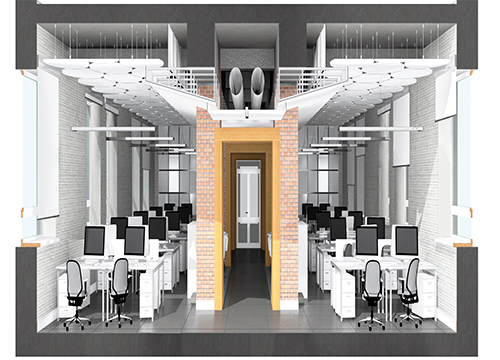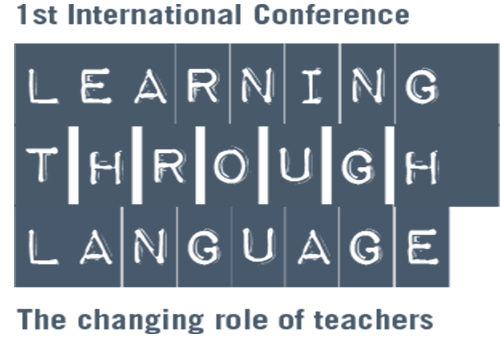Improving ventilation system in the USA
he American Rescue Plan (ARP) provided $122 billion to the Elementary and Secondary Schools Emergenc

Substantial federal resources are available to improve ventilation in schools. The American Rescue Plan (ARP) provided $122 billion to the Elementary and Secondary Schools Emergency Relief (ESSER) Fund to aid educational institutions in preventing the spread of COVID-19.
Bad air circulation is always been associated with respiratory diseases and outbreaks of influenza, asthma, and poor cognitive performance. Those measures are not only to reduce the transmission of the virus but also other infectious diseases in schools. The air quality will improve the student's thinking and worsen asthma. President Biden's priority is to get schools safely and reopened and those improvements will reduce people wearing masks and quarantines.
The Centers for Disease Control and Prevention (CDC) and the Environmental Protection Agency (EPA) highlight some strategies to improve ventilation in schools.
- Open windows and doors to improve the airflow. Using heating, ventilation, and air conditioning (HVAC) settings to maximise ventilation.
- Ensuring exhausting fans.
- Filtering and/or cleaning the air.
- Considering the use of portable carbon dioxide (CO2) monitors.
- Communicating clearly about the measures to school communities, parents, students, faculty, and staff.
The White House has published affirming the ARP and other federal dollars may be used to make indoor quality improvements, and the Administration will continue to provide support to help in making these improvements. Schools can use the fund to make inspections, repair upgrades, and replacement in heating, ventilation, and air conditioning systems. Also, the Administration will provide expert guidance and technical support from trained and qualified technicians to help make indoor air quality improvement easier for schools.
The third year of COVID-19: Guidance and protocols for schools in North America
In the USA and Canada, children and teenagers are gradually coming back to the classrooms to start the new school year. As the pandemic enters its third year, schools are still figuring out how to manage COVID-19 and revising their autumn preparations. There are still many uncertainties about what school might look like in the midst of the pandemic as students, parents, educators, and institutions of higher learning approach the beginning of a new academic year.
The first year of COVID was marked by massive school closings, and the second year by contention masking disputes, what events will define this third year?
USA - According to the Pennsylvania Department of Education, there are no specific restrictions or guidelines. The main plan is to maintain health and safety for students and staff during and after school. The department gave a template to every district to follow which includes masking, social distance, and vaccine requirements. Thus, school districts were required to make plans specifically for COVID.
However, some updated guidance was given to schools, for example, if the students get sick in school, they should wear a well-fitted mask, get tested, and go home. Schools have to test vaccinated and unvaccinated staff and students. Quarantine is no longer required for those exposed to COVID, except in high-risk areas. After quarantine, students should wear a well-fitted mask for ten days and it is no longer necessary to do a test before the end of quarantine.
Thus, schools should use optimized ventilation systems and maintain improvements to indoor air quality. They also have to clean surfaces at least once a day and provide hand sanitizer if soap and water are unavailable. The staff has to continue promoting good hygiene in the schools and ask students to cover their mouths when coughing or sneezing.
CANADA - In Canada, there is a restriction-free for the first time in two years. There are no masks, distancing, or cleaning mandates according to the Department of Education. Some parents are concerned about their children getting COVID-19 in school.
A recent study from the Ontario COVID-19 Science Advisory Table (SAT) offers suggestions for preventing the coronavirus from spreading further.
These long-term efforts include ensuring the maintenance of indoor air quality, establishing good hand hygiene, and cleaning and disinfecting the environment. Thus, sick students and staff have to remain home and make sure everyone is up to date on routine and advised vaccines.
Links:
https://www.ed.gov/improving-ventilation-schools-colleges-and-universities-prevent-covid-19
https://www.cdc.gov/mmwr/volumes/71/wr/mm7123e2.htm


Sin Comentarios